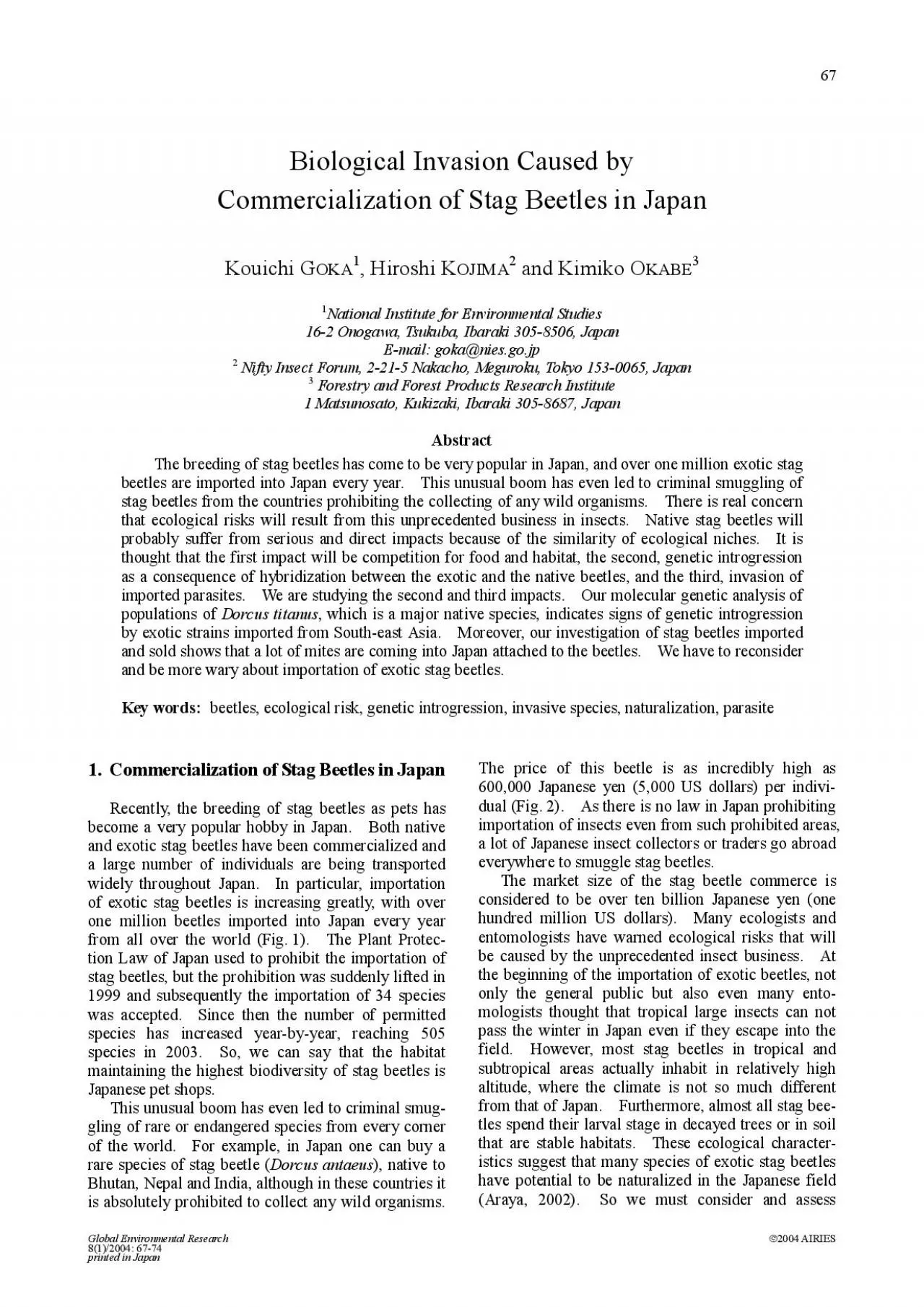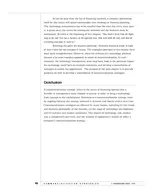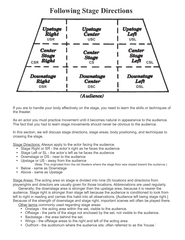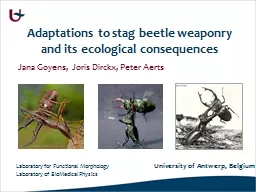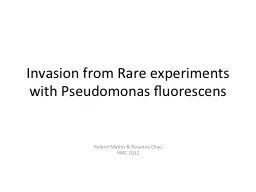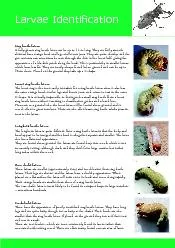PDF-Biological Invasion Caused by Commercialization of Stag Beetles in Ja
Author : brooke | Published Date : 2020-11-23
67 Global Environmental Research2004 AIRIES 812004 6774 printed in Japan 68 K ecological impacts which will be caused by the naturalization of exotic stag beetles
Presentation Embed Code
Download Presentation
Download Presentation The PPT/PDF document "Biological Invasion Caused by Commercia..." is the property of its rightful owner. Permission is granted to download and print the materials on this website for personal, non-commercial use only, and to display it on your personal computer provided you do not modify the materials and that you retain all copyright notices contained in the materials. By downloading content from our website, you accept the terms of this agreement.
Biological Invasion Caused by Commercialization of Stag Beetles in Ja: Transcript
Download Rules Of Document
"Biological Invasion Caused by Commercialization of Stag Beetles in Ja"The content belongs to its owner. You may download and print it for personal use, without modification, and keep all copyright notices. By downloading, you agree to these terms.
Related Documents

